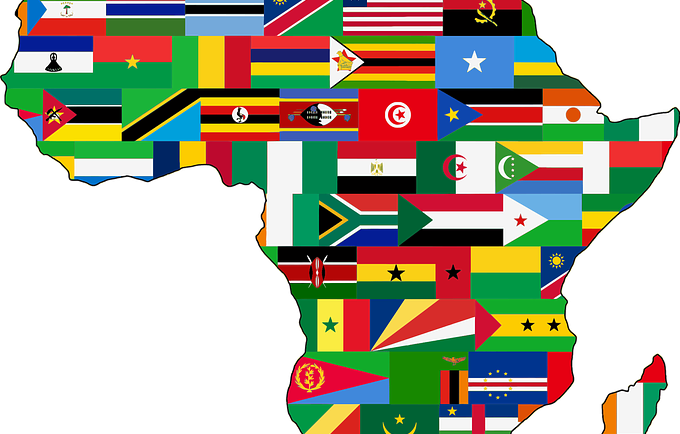Language Diversity In Africa; Where Hills And Forests Shaped Our Tongues

by How Africa, 15 July 2016.
AFRICA is the most linguistically diverse continent in the world; the
Language Diversity Index measures the probability that any two people
of a country selected at random would have different mother tongues.
The highest possible value, 1 (or in percentage, 100%), indicates
total diversity (that is, no two people have the same mother tongue)
while the lowest possible value, 0 (or 0%), indicates no diversity at
all (that is, everyone has the same mother tongue).
By this measure, seven of the world’s top ten most linguistically
diverse countries in the world are African; indeed, African countries
take up 29 of the 50 most diverse countries on the index. By some
estimates, there are at least 3,000 languages spoken in Africa.
Papua New Guinea is in overall first place on the index, with a
staggering 840 languages spoken on the island. There’s a 98.8% chance
that two people picked at random in the country have a different mother
tongue. Cameroon (and Africa’s highest ranked) is second, at 97.4%.
Large, or highly populated countries do not necessarily have a high
diversity – Egypt, for example, is Africa’s third most populous at over
80 million people, but is near the bottom of the language index. South
Sudan, on the other hand, has about 12 million people, but there’s a 93%
chance that any two people have different mother tongues.
Part of the reason for the extensive diversity in Africa is how far
people travelled in the past. The most linguistically diverse areas in
the world are in places where historically, people did not travel any
further than a few days on foot, for geographic reasons such hilly
terrain or dense jungle, and logistical reasons – for example, large
domestic animals harnessed for transport like the horse were absent.
The relative isolation of related groups meant that languages
diverged quite dramatically, even in an area that was actually small in
geographical terms – perhaps taking no more than three generations for
dialects to become significantly different, even mutually unintelligible
and evolve into whole new languages, such as Rutooro and Runyankole in
Uganda; Efik and Ibibio in Nigeria, or Chitembo and Kihunde in DR Congo.
Africa abounds with numerous such examples of extensive language diversity in a small geographical area.


